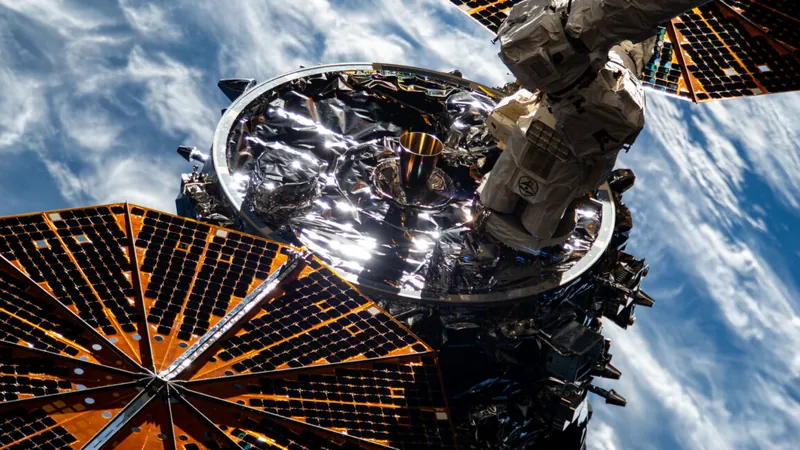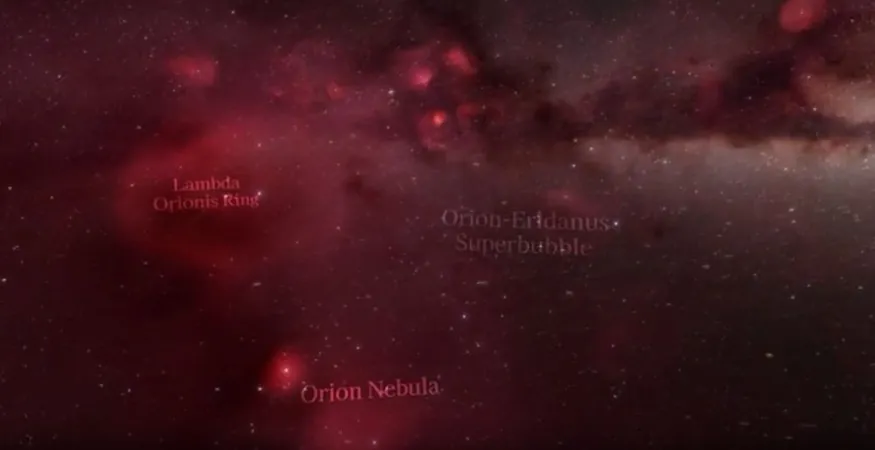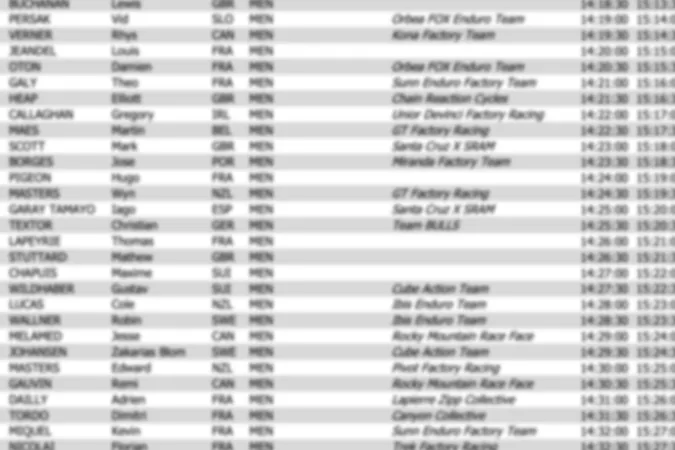
Trump Pushes EU and NATO for Heavy Tariffs on China and India: Will It Work?
2025-09-15
Author: Benjamin
In a bold move, US President Donald Trump is urging NATO and European Union countries to impose astronomical tariffs as high as 100% on India and China. His goal? To apply pressure on Russian President Vladimir Putin to halt the ongoing war in Ukraine.
During a recent meeting with EU officials, Trump reiterated his demand, suggesting that these tariffs could expedite a crucial peace agreement between Moscow and Kyiv. This call to action comes as Trump reiterates his commitment to ending the conflict, which he originally vowed to address on his first day in office.
Trump's push follows comments from US Treasury Secretary Scott Bessent, who indicated that tighter economic sanctions against Russia were in the pipeline but required robust support from European allies.
In a letter shared on his Truth Social account, Trump claimed he was prepared to impose significant sanctions on Russia as soon as NATO aligns with his strategy. He believes that elevating tariffs on China would not only weaken its influence over Russia but also help bring an end to the war.
Understanding Trump's Strategy
The crux of Trump's strategy lies in the fact that both China and India are substantial buyers of Russian oil—crucial for maintaining the Russian economy amid global sanctions. China imported a staggering 109 million tonnes of crude oil from Russia last year, while India brought in 88 million tonnes.
Despite imposing a 25% tariff on India for importing Russian oil, Trump has been cautious about dealing with China as his administration navigates a complex trade truce with the Asian giant. Instead, he is advocating for NATO to step in and impose hefty tariffs on China to diminish its economic hold on Russia.
Can the EU Act? A Complicated Scenario
Imposing tariffs of 50-100% on China and India isn’t as straightforward as it sounds for the EU. With a trade relationship valued at approximately 732 billion euros, China stands as the EU's top import partner, running a significant trade deficit. A sudden rise in tariffs could disrupt supply chains and hike production costs across Europe.
Notably, some EU member states have shown support for targeted measures against China. Recently, finance ministers from the G7 discussed potential sanctions on nations deemed to be 'enabling' the war in Ukraine. Yet, the fear of economic turmoil may hinder unilateral action.
Tensions Escalate Meanwhile
The backdrop to Trump's tariff discussions is heightened tension between NATO and Russia. Just days ago, several Russian drones entered Polish airspace, causing alarm and prompting military responses from NATO allies. As the situation intensifies, Trump is reportedly losing patience with Putin, indicating that he’s ready to take drastic measures.
What Lies Ahead?
As the global stage shifts, Trump's suggestions have unleashed a whirlwind of diplomatic reactions. Shortly after his announcement, China firmly responded, stating it does not engage in warfare or support war strategies.
The upcoming meeting between US Treasury Secretary Bessent and China's Vice Premier, aimed at easing trade tensions, could prove pivotal. Meanwhile, Trump is expressing optimism in his ongoing negotiations with Indian Prime Minister Narendra Modi, hinting at a swift resolution to trade barriers.
As the world watches closely, the question remains: Can Trump’s strategy effectively influence the balance of power in the ongoing conflict with Russia? Only time will tell.









 Brasil (PT)
Brasil (PT)
 Canada (EN)
Canada (EN)
 Chile (ES)
Chile (ES)
 Česko (CS)
Česko (CS)
 대한민국 (KO)
대한민국 (KO)
 España (ES)
España (ES)
 France (FR)
France (FR)
 Hong Kong (EN)
Hong Kong (EN)
 Italia (IT)
Italia (IT)
 日本 (JA)
日本 (JA)
 Magyarország (HU)
Magyarország (HU)
 Norge (NO)
Norge (NO)
 Polska (PL)
Polska (PL)
 Schweiz (DE)
Schweiz (DE)
 Singapore (EN)
Singapore (EN)
 Sverige (SV)
Sverige (SV)
 Suomi (FI)
Suomi (FI)
 Türkiye (TR)
Türkiye (TR)
 الإمارات العربية المتحدة (AR)
الإمارات العربية المتحدة (AR)